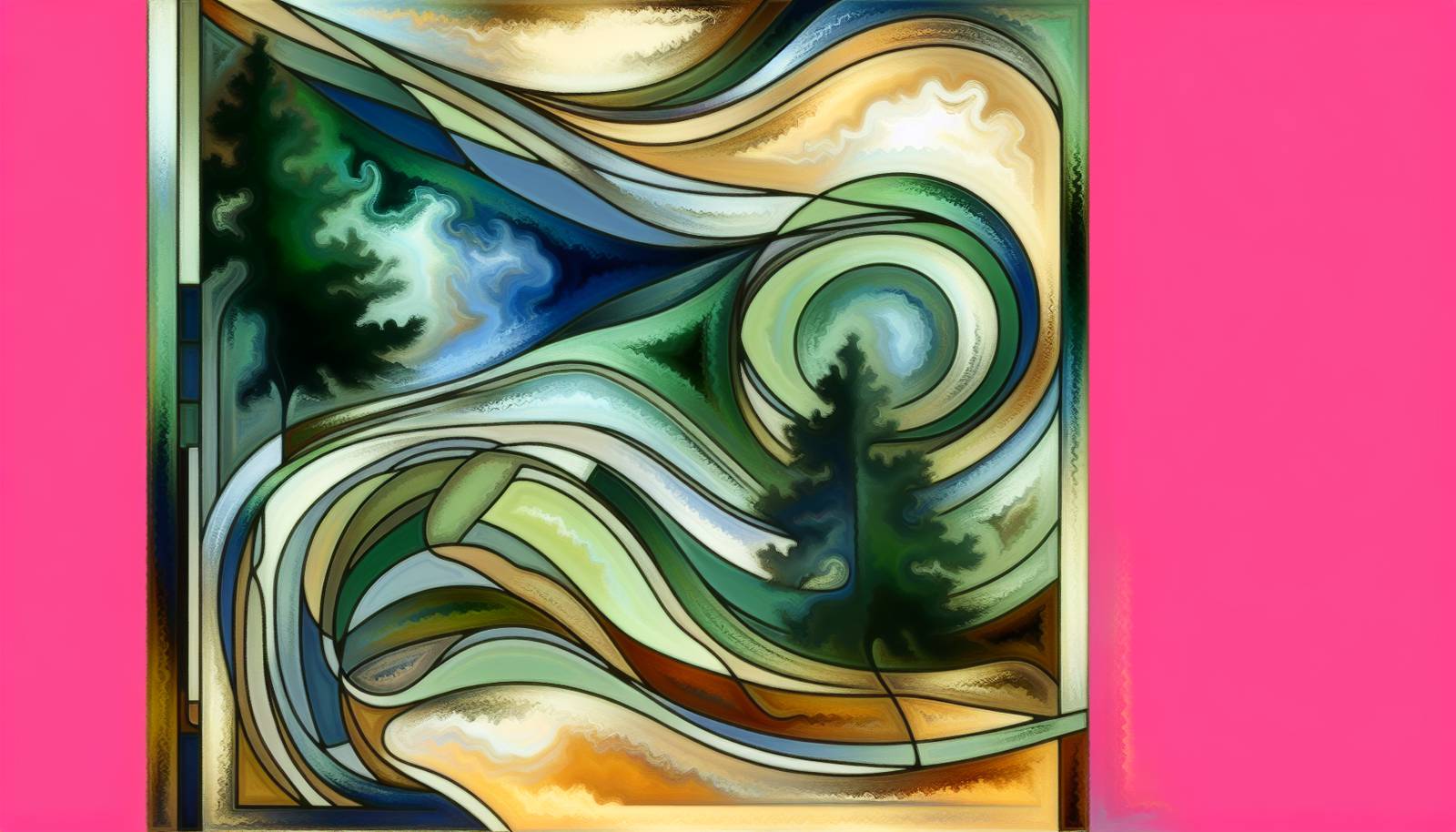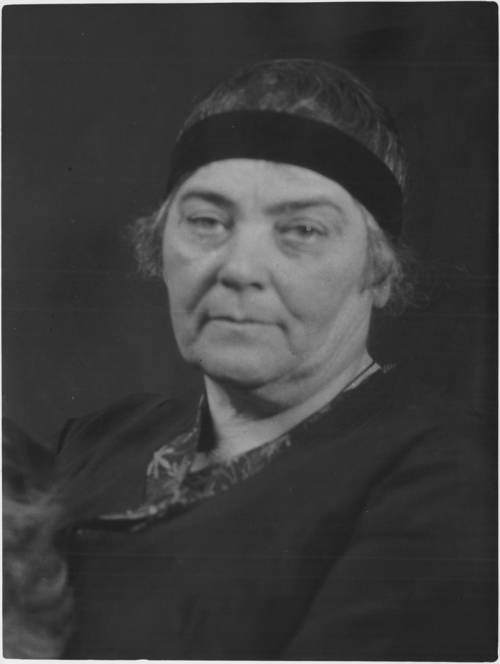
FAQ About Emily Carr

Who was Emily Carr?
Emily Carr was a Canadian artist and writer known for her depictions of the indigenous peoples of the Pacific Northwest and the vast landscapes of British Columbia. She was part of the Group of Seven, a collective of Canadian landscape painters, and is celebrated for her unique post-impressionist style that combined elements of both the natural and cultural landscapes of Canada.

What are Emily Carr's most famous works?
Emily Carr's most renowned works include 'The Indian Church' (also known as 'Church at Yuquot Village'), 'Forest British Columbia', and 'Big Raven'. These paintings exemplify her distinctive style and her profound connection to Canada's indigenous cultures and natural environments.

What inspired Emily Carr's art?
Emily Carr was greatly inspired by the indigenous cultures of the Pacific Northwest and the lush landscapes of British Columbia. She was deeply moved by the art and architecture of the native peoples, using it to inform her own artistic practice and develop a unique visual language that celebrated cultural heritage and nature.

How did Emily Carr contribute to Canadian art?
Emily Carr contributed to Canadian art by blending themes of indigenous heritage and nature in her post-impressionist paintings. Her work helped elevate the recognition of Canadian landscape art on an international level and inspired subsequent generations of Canadian artists. Her contributions are considered pivotal in the development of a unique Canadian art identity.

When did Emily Carr live?
Emily Carr was born on December 13, 1871, in Victoria, British Columbia, and died on March 2, 1945. Her life spanned critical periods in Canadian history, during which she contributed significantly to the country's art scene.

Was Emily Carr part of the Group of Seven?
Although not officially a member, Emily Carr is often associated with the Group of Seven, a celebrated group of Canadian landscape painters. She was recognized by them for her innovative approach to painting nature and indigenous themes, and her works are frequently displayed alongside those of the group.

Did Emily Carr write books?
Yes, Emily Carr was also a writer. Her notable written works include 'Klee Wyck', a collection of short stories about her experiences with indigenous communities, 'The Book of Small', and 'Hundreds and Thousands', a journal that reflects her thoughts and artistic journey. Her writing is celebrated for its insightful and poignant prose.

What was the theme of Emily Carr's paintings?
Emily Carr's paintings predominantly explored themes of nature and indigenous cultures of the Pacific Northwest. She conveyed the spiritual and natural beauty of the landscapes, as well as the vibrant traditions and structures of indigenous communities.

How did Emily Carr's style evolve over her career?
Emily Carr's style evolved from traditional realism to a more abstract expression of her subjects, incorporating elements of modernism and post-impressionism. Her later works showed a marked departure from direct representation of indigenous structures to more fluid interpretations of the Pacific Northwest landscape.

Where can Emily Carr's art be seen today?
Emily Carr’s art can be viewed in numerous esteemed art institutions across Canada and internationally. The Art Gallery of Ontario, the Vancouver Art Gallery, and the National Gallery of Canada hold significant collections of her work. Her paintings are also featured in numerous exhibitions worldwide.

What challenges did Emily Carr face in her career?
Emily Carr faced significant challenges including the struggle to achieve recognition in a male-dominated art world. Additionally, her health issues and financial difficulties often impacted her ability to paint and travel. Despite these challenges, she persevered and gained acclaim posthumously.

Did Emily Carr receive any awards for her work?
During her lifetime, Emily Carr received limited formal recognition, but posthumously, her legacy has been celebrated extensively. She was awarded the Governor General's Award for her book 'Klee Wyck' in 1941, showcasing her impact on Canadian literature as well as art.

Why is Emily Carr considered a pioneer in Canadian art?
Emily Carr is considered a pioneer due to her innovative fusion of indigenous themes with modern artistic techniques, thereby forging a unique Canadian aesthetic. Her contributions laid the groundwork for future Canadian artists to explore and express local culture and landscapes.

How did Emily Carr record her experiences with Indigenous communities?
Emily Carr documented her experiences with Indigenous communities through her paintings and writings. Her book 'Klee Wyck' provides a literary insight into these interactions, portraying the richness of the cultures she encountered, and her paintings depict scenes based on her visits to these communities.

What techniques did Emily Carr use in her paintings?
Emily Carr employed techniques such as the use of bold brushstrokes, vibrant color palettes, and dynamic compositions to capture the essence of the landscapes and cultural motifs. Her style progressed towards abstraction, showcasing her experimentation with form and color.

How did Emily Carr's background influence her art?
Emily Carr's background as a Canadian growing up in British Columbia significantly influenced her art, immersing her in the lush, rugged landscapes and diverse indigenous cultures. This environment inspired her deep appreciation and understanding of the indigenous peoples and nature, thus shaping her artistic vision.

What impact did Emily Carr have on Indigenous art recognition?
Emily Carr helped elevate the recognition of Indigenous art through her respectful representation and celebration of Indigenous cultures in her works. Her art and writings brought attention to the cultural and spiritual significance of Indigenous motifs, earning her admiration and respect among Indigenous communities.

Did Emily Carr have any formal art training?
Emily Carr received formal art training at the San Francisco Art Institute, the Westminster School of Art in London, and later in Paris, where she studied under modernist painter Harry Gibb. These educational experiences broadened her artistic perspectives and influenced her evolving style.

How is Emily Carr remembered today?
Emily Carr is remembered as one of Canada's most esteemed artists, a trailblazer in celebrating indigenous culture and the natural beauty of the Canadian landscape. Her works continue to influence modern Canadian artists and are regarded as a vital part of Canada's cultural heritage.

Has Emily Carr been portrayed in popular media?
Emily Carr's life and work have been depicted in various forms of popular media, including theater, film, and literature. Her persona and artistic impact have inspired numerous plays, biographies, and documentaries celebrating her pioneering contributions to Canadian art and culture.
